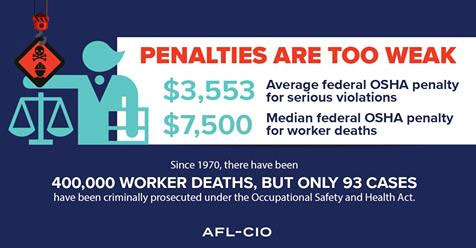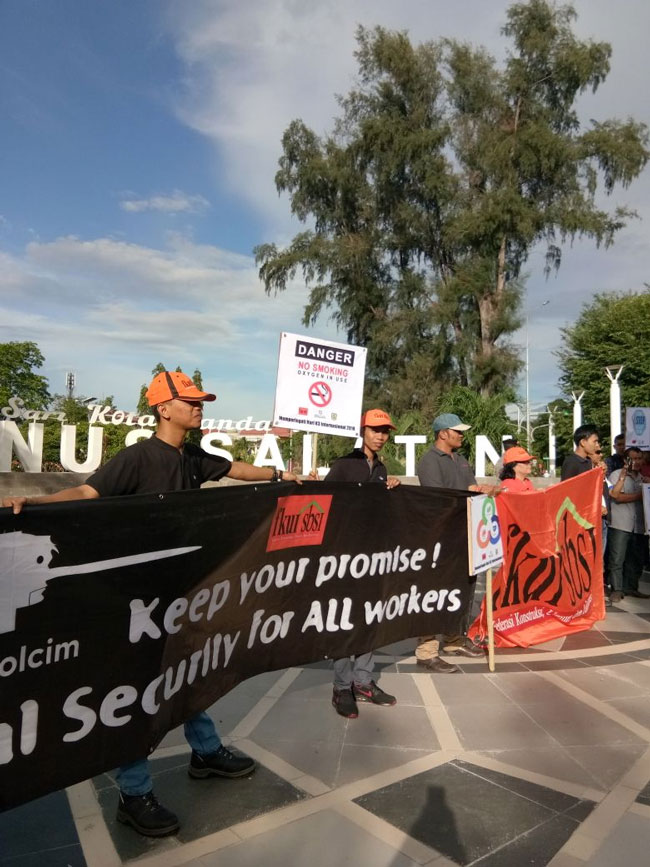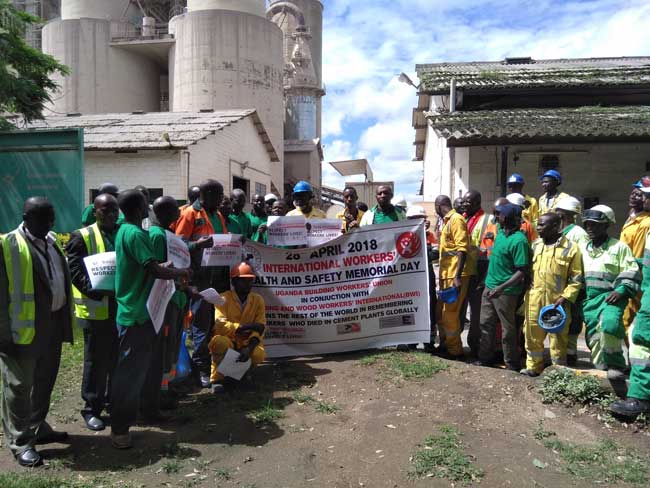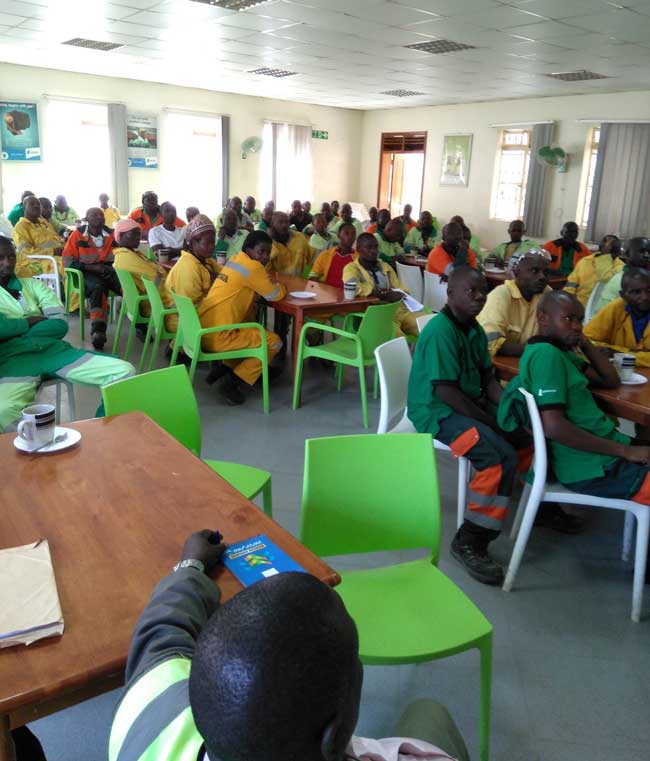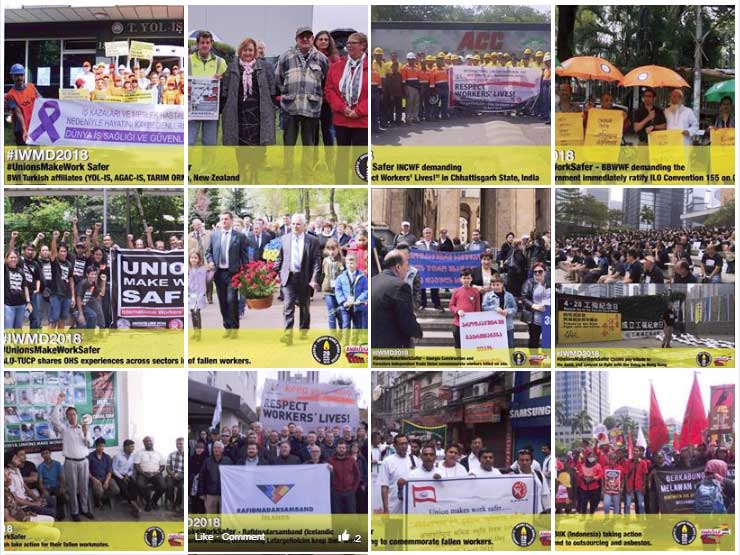Vill du skriva debatt eller replik?
 Debatt Den svenska regeringen och svenska arbetsgivare har i juni chansen att ställa sig bakom en ILO-konvention mot könsbaserat våld och trakasserier i arbetslivet. Idag på Världsarbetsmiljödagen uppmanar vi dem att säga ja, skriver tre LO-företrädare.
Debatt Den svenska regeringen och svenska arbetsgivare har i juni chansen att ställa sig bakom en ILO-konvention mot könsbaserat våld och trakasserier i arbetslivet. Idag på Världsarbetsmiljödagen uppmanar vi dem att säga ja, skriver tre LO-företrädare.
Könsbaserat våld och trakasserier är ett av de mest vanligt förekommande och mest osynliggjorda arbetsmiljöproblemen runt om i världen. För den fackliga rörelsen är det emellertid ingen nyhet.
Det globala facket, IFS, har visat att könsbaserade trakasserier möter kvinnor oavsett position och yrke. Men oftast är det kvinnor med osäkra anställningar och lågstatusarbeten som utsätts, såväl av chefer och kollegor som av kunder, gäster eller brukare.
Ensamarbete och arbete i andras hem är riskfaktorer som särskilt sätter hushållsarbetare, omsorgspersonal och städpersonal i utsatta situationer.
Ensamarbete och arbete i andras hem är riskfaktorer som särskilt sätter hushållsarbetare, omsorgspersonal och städpersonal i utsatta situationer. Osäkerheten i arbetsvillkoren gör att få har möjlighet att säga ifrån och kontakta sin arbetsgivare. Inte minst när arbetsgivaren står för problemen. Därför är den kollektiva fackliga rösten mycket viktig.
Idag, den 28 april firas Världsarbetsmiljödagen av fackliga organisationer runt om i världen. Syftet med dagen är att understryka vikten av ett förebyggande arbetsmiljöarbete på alla områden. Arbetsmiljöarbete bygger på en lång tradition av trepartssamverkan mellan arbetstagare, arbetsgivare och staten. Inom FN:s organ för arbetslivsfrågor, ILO, finns alla parter representerade.
Just i år finns en unik chans för den svenska regeringen och svenska arbetsgivare att ge arbetstagare ett världsomspännande skydd mot könsbaserat våld och trakasserier i arbetslivet. Det som krävs är att man ställer sig bakom förslaget till ny ILO-konvention som ska behandlas på ILO:s arbetskonferens i juni.
Det är viktigt att stater och arbetsgivare enas om att det är nog. Därför vill vi att regeringen driver på för en ILO-konvention mot våld och trakasserier i arbetslivet. Vi måste se till att skapa tryggare arbetsplatser för kvinnor.
Bara genom att stå enade kan vi få ett stopp på könsbaserat våld och trakasserier på arbetsplatser runt om i världen.
Berit Müllerström, andre vice ordförande LO
Joa Bergold, utredare LO:s enhet för välfärd, utbildning och arbetsmarknad
Oscar Ernerot, Ombudsman LO:s enhet för internationella frågor
Följ Dagens Arena på Facebook och Twitter, och prenumerera på vårt nyhetsbrev för att ta del av granskande journalistik, nyheter, opinion och fördjupning.
http://www.dagensarena.se/opinion/sag-ja-till-ilo-konvention-mot-konsbaserat-vald-regeringen/



